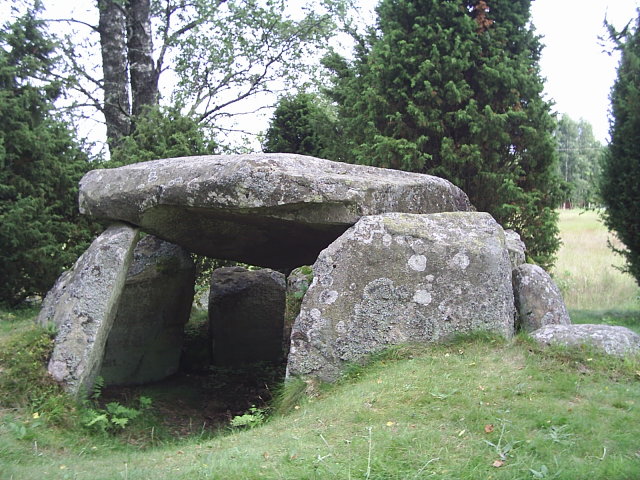
Prehistoric humans may have used 6000-year-old passage graves as underground observatories to spot faint stars, suggests a new study carried out by researchers from University of Wales Trinity Saint David and Nottingham Trent University.
Passage graves are underground tombs, scattered across Europe, and made by early European communities to bury the dead. These tombs were widespread throughout Western Europe, from Portugal to Scandinavia, and featured a long, straight corridor to connect the underground tomb to the outside.
The researchers now claim that these passage graves were probably used to spot stars at dawn, when they were normally too faint to see. According to the team, the orientation of the tombs found in Portugal indicates that they were aligned to view Aldebaran, the brightest star in Taurus constellation. This star might have been significant to some prehistoric communities who used to shift their goats and sheep to summer grazing grounds in the mountains each year.
“This first rising of Aldebaran occurred at the end of April or beginning of May 6,000 years ago, so it would be a very good, very precise calendrical marker for them to know when it was time to move into the higher grounds,” said Dr Fabio Silva of the University of Wales Trinity Saint David.
Researchers also propose that these ancient passages were also probably linked to some ancient ritual, which involved the revelation of an astronomical secret.
“There is a wealth of evidence now that these passage graves were not only used as tombs for burials, but they could also be used for rites of passage,” said Silva.
“Could the secret be that he could see the star rising days, if not a full week, before everybody else that was outside the passage grave could see it?” said Silva.
The findings of the study will be presented at the Royal Astronomical Society’s National Astronomy Meeting at the University of Nottingham.
“The key thing is that a passage grave with its long corridor acts like a telescope that does not have a lens – it is a long tube from which you are looking at the sky,” said Silva.
“Its characteristics are going to impact how you are looking at the sky in three or four ways.”
According to Silva, the corridors point towards the horizon and help the viewer focus on one area of the sky.
“All you are doing is making sure everything is dark apart from that small area in the sky,” said Dr Daniel Brown from Nottingham Trent University, who is also involved in the research.
Researchers are now testing the theory in laboratory by simulating the conditions of the passages.
“We are going to simulate this star rising at twilight conditions and allow people to tell us when they can see it,” said Silva. “Then [we will] compare that with a control group of people that are in a room which would replicate the conditions of being outside the passage grave.”
Frank Prendergast at the Dublin Institute of Technology, Ireland, considers the idea a reasonable hypothesis.
“The purpose of these tombs is not just funerary, there’s a lot more going on,” he added.